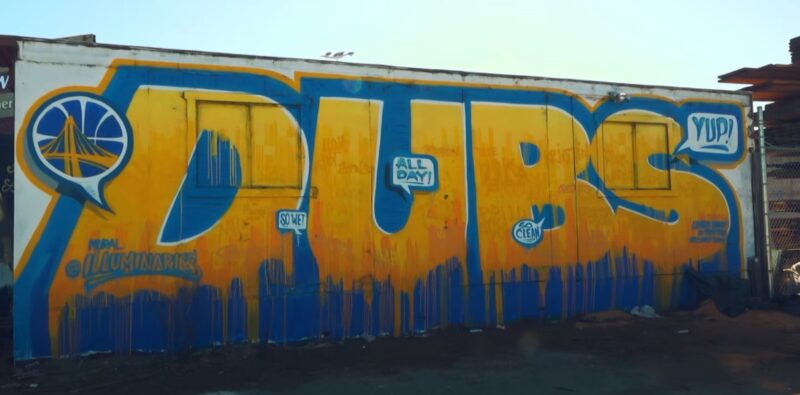The Golden State Warriors are one of the most successful and popular teams in the NBA, having won six championships and featuring some of the best players in the league. But have you ever wondered why they are called the “Dubs”?
What does that nickname mean and where did it come from? In this blog post, we will explore the history and evolution of the Warriors’ name and logo, and explain how they got their catchy moniker.
Meaning of the Name
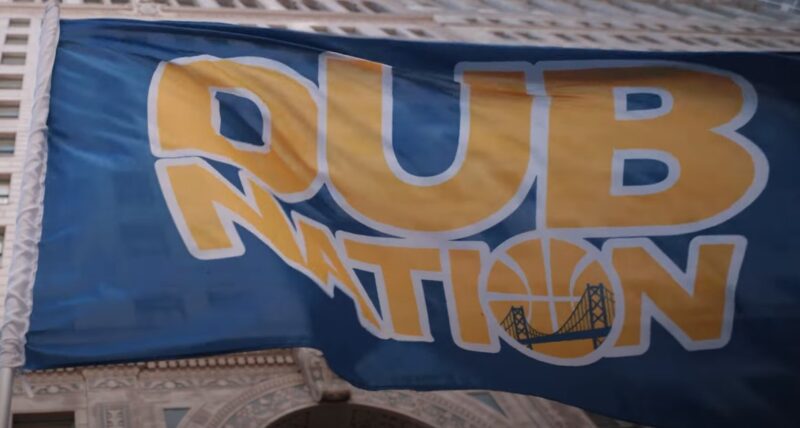
The Golden State Warriors’ nickname, “Dubs,” stems from a simple abbreviation of the letter “W” in “Warriors.”
Evolution of the Nickname
This nickname emerged during the 1990s, influenced by a trend among younger NBA fans to create more relatable and catchy team monikers. Comparable examples from the league include the Los Angeles Lakers becoming “Lakes,” the Sacramento Kings as “Kings,” and the Utah Jazz referred to simply as “Jazz.”
From “W’s” to “Dubs”
Warriors fans initially shortened the team’s name to its initial letter, leading to the moniker “W’s” (pronounced “double-yous”). This was further condensed, dropping a few letters to finally settle on “Dubs.”
Popularity and Cultural Significance
The nickname gained widespread acceptance, with media, players, and fans alike using it regularly. Interestingly, “Dubs” not only represents the team’s name but also symbolically aligns with the team’s winning culture, as “dub” is slang for a victory.
Early Years of the Warriors Franchise
The journey of the Warriors began in 1946 in Philadelphia as the Philadelphia Warriors. As a founding member of the Basketball Association of America (BAA), which eventually merged into the NBA in 1949, they marked their place in basketball history.
Owned by Peter A. Tyrrell and coached by Eddie Gottlieb, the team’s name was a nod to an earlier Philadelphia basketball team from 1925.
Iconic Players and Championships
Their first logo, a depiction of a Native American dribbling a basketball, became a symbol of their early identity. With stars like Joe Fulks, who set a single-game scoring record, the Warriors claimed the first BAA championship in 1947 and another title in 1956, featuring legends like Paul Arizin, Tom Gola, and Neil Johnston.
Relocation to San Francisco
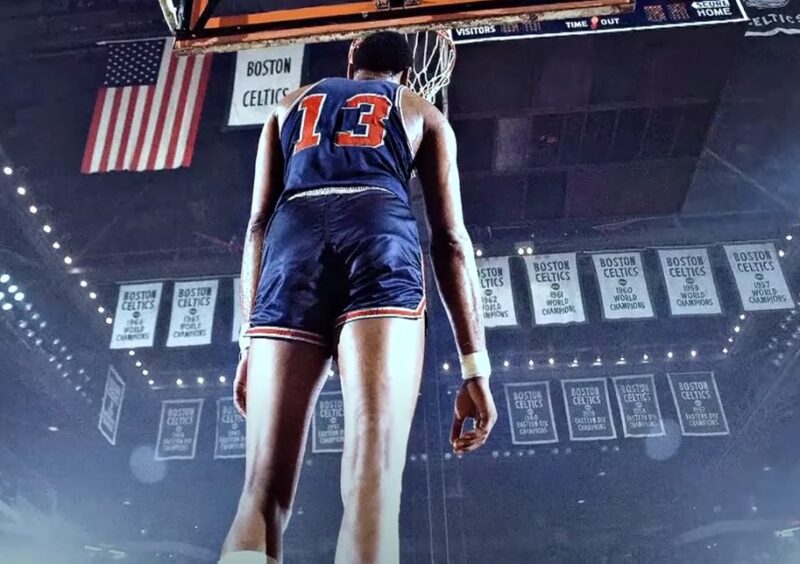
In 1962, the franchise took a significant turn, relocating to the West Coast as the San Francisco Warriors. This move introduced a new logo, featuring a blue and white Indian headcrest on a yellow background, symbolizing a fresh start in a new city.
Challenges and Icons
Playing in venues like the Cow Palace and the Civic Auditorium, the team, despite boasting talents such as Wilt Chamberlain, Nate Thurmond, and Rick Barry, found stiff competition in the NBA, particularly against teams like the Boston Celtics and the Los Angeles Lakers. Their lone NBA Finals appearance during this era ended in a loss to the Celtics in 1964.
A New Logo and Identity
In 1969, another logo change embraced the iconic Golden Gate Bridge, reflecting the team’s connection with San Francisco, famously nicknamed “The City.” The uniforms from this era were distinctive, featuring a cable car design, with the player’s name and number on the back, further cementing their identity in their new home.
Birth of the Golden State
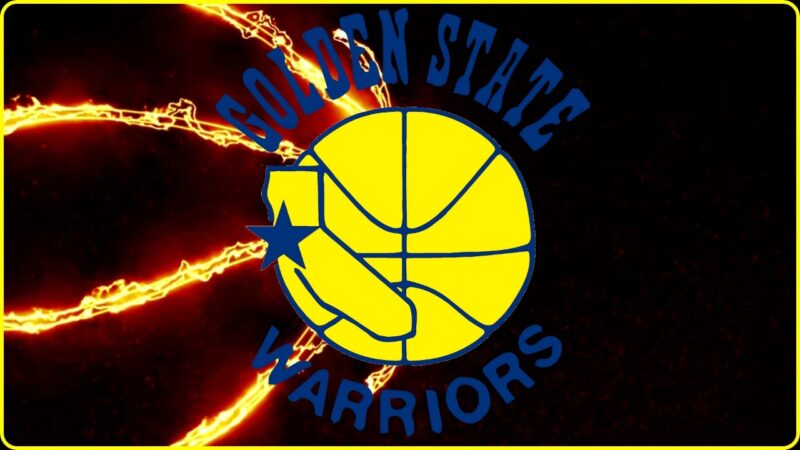
In 1971, the Warriors embraced a broader identity, renaming themselves the Golden State Warriors, representing the entire state of California. This transition also saw them moving to the Oakland-Alameda County Coliseum Arena.
New Logo and Branding
The team’s new logo featured a blue outline of California with a star marking the Bay Area and a yellow circle bearing the number 14, representing the team’s roster. The words “Golden State” and “Warriors” were prominently displayed, with this logo adorning the team’s uniforms.
Historic Championship Victory
This era witnessed the Warriors’ crowning achievement – winning the 1975 NBA Championship in a stunning sweep against the Washington Bullets. Coached by Al Attles, the team boasted talents like Rick Barry, Jamaal Wilkes, and Clifford Ray.
The Logo Changes of the 80s and 90s
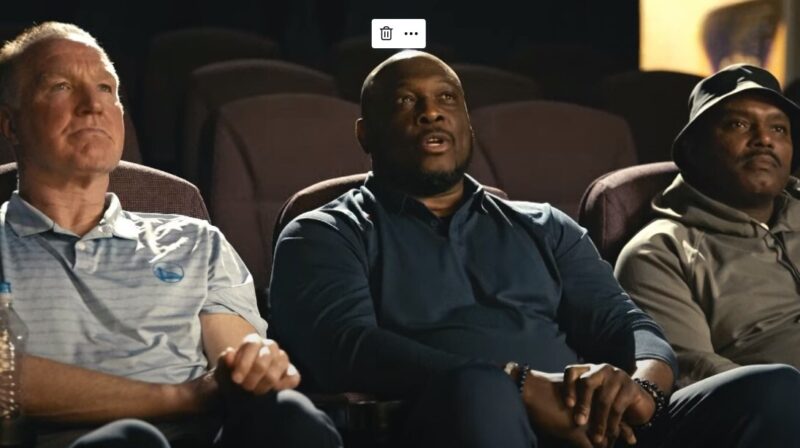
In 1975, the Warriors streamlined their logo, focusing on a simple blue circle with the “Golden State Warriors” wordmark. This period also marked a shift to a yellow and blue uniform color scheme.
Promising Players but Limited Success
Despite having players like Bernard King and Chris Mullin, the team struggled to achieve significant success, making infrequent playoff appearances over two decades. In 1988, the logo was refreshed with a modern font and a lightning bolt in the “A” of “Warriors.”
Run TMC Era
The late 80s and early 90s were defined by the “Run TMC” era, named after Tim Hardaway, Mitch Richmond, and Chris Mullin. Despite being an offensive powerhouse, the team struggled in defense and failed to make deep playoff runs.
Major Overhaul in 1997
A drastic rebranding occurred in 1997, with a new logo featuring a blue and orange shield and a warrior silhouette. The team’s colors changed to navy blue, orange, and gold.
This redesign aimed to rejuvenate the team’s image, but unfortunately, it coincided with a 12-year playoff drought, one of the longest in NBA history.
The Return to the Classic Look
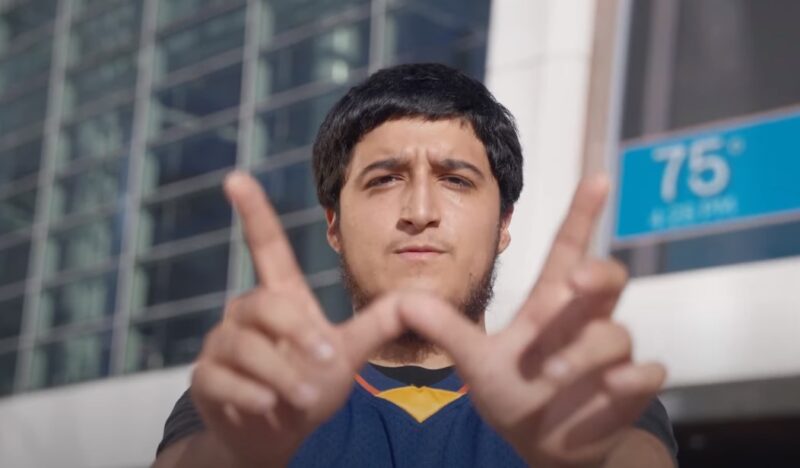
In 2010, the Warriors embraced their roots with a new logo that paid homage to the 1960s design. This logo featured a stylized rendition of the Golden Gate Bridge in blue set against a yellow circle, encircled by the “Golden State Warriors” wordmark in blue.
Alongside the logo, new uniforms were introduced, maintaining the classic yellow and blue color scheme.
Diverse Alternate Uniforms
The team also showcased a variety of alternate uniforms, each symbolizing different facets of the Bay Area. These included a white uniform with “The City” wordmark, a blue one with “The Bay,” and a yellow one with “The Town.”
Special editions like a black uniform with a Chinese dragon, a gray slate-patterned one, and a blue “We Believe” uniform commemorating the 2007 team’s playoff success were also part of their wardrobe.
Era of Championships and New Talent
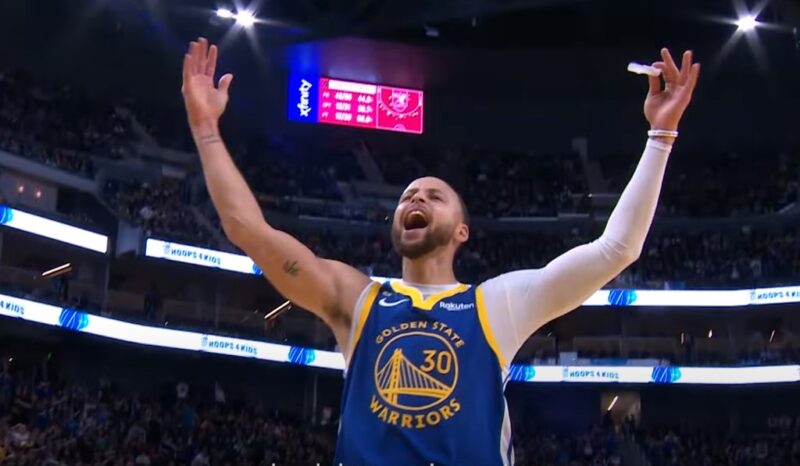
This period marked the Warriors’ ascent to a basketball dynasty, clinching NBA championships in 2015, 2017, and 2018, and making consecutive NBA Finals appearances from 2015 to 2019. The team’s success was propelled by stars like Stephen Curry, Klay Thompson, Draymond Green, and Kevin Durant, under the coaching of Steve Kerr.
Did you know that Stephen Curry was the first unanimous MVP winner NBA? But who actually votes for NBA MVPs?
Relocation to the Chase Center
Further symbolizing their growth and evolution, the Warriors moved to the new Chase Center in San Francisco in 2019, marking a new chapter in the team’s history and its deep-rooted connection to the Bay Area.
Warriors’ Impact Beyond Basketball
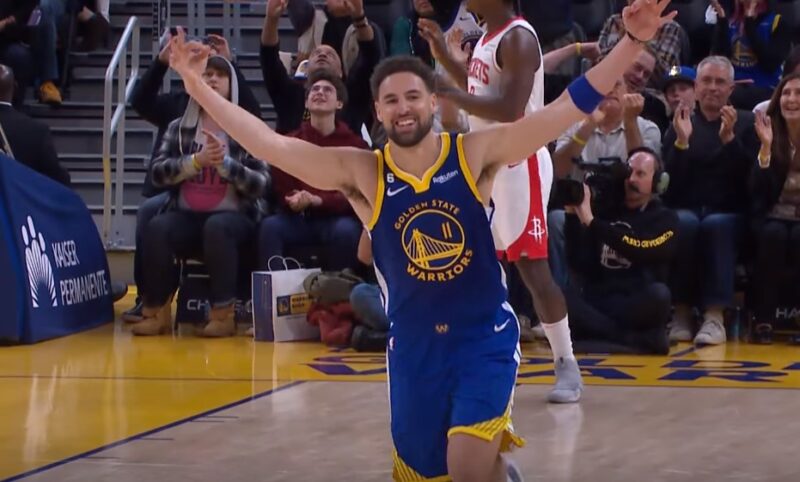
The Golden State Warriors have significantly impacted the global popularity of basketball. Their dynamic playing style and star players like Stephen Curry have attracted a vast international fan base, contributing to the NBA’s global appeal.
Community Engagement
Beyond the court, the Warriors are deeply involved in social and community initiatives. They engage in educational programs, youth activities, and social justice efforts, demonstrating a strong commitment to giving back to the community.
The nickname’s resonance extended beyond community initiatives, subtly echoing in the team’s promotional strategies as well. For instance, the team’s marketing department creatively leveraged Adobe easy video editor to craft compelling content, intertwining the “Dubs” identity with dynamic visuals of triumphs and milestones which are important to the community as well. This integration not only amplified the team’s victorious essence but also showcased how modern tools can be pivotal in shaping and reinforcing a team’s brand narrative, turning the slang for victory into a visual and cultural phenomenon within the sports community.
Fashion and Streetwear
The Warriors have also left a mark on fashion. Their jerseys and merchandise have become popular in streetwear, worn by fans and fashion enthusiasts worldwide.
This trend underscores the cultural influence of sports apparel beyond the realm of athletics.
FAQ
How did the Warriors’ playing style influence modern basketball?
The Warriors, particularly during their championship runs in the 2010s, revolutionized basketball with their emphasis on three-point shooting and a fast-paced offense. This style has influenced teams across the NBA to adopt a similar approach.
What community programs are the Warriors known for?
The Warriors are involved in various community programs, including youth basketball camps, educational initiatives, and supporting local businesses and social causes, reflecting their commitment to community engagement.
How have the Warriors contributed to the NBA’s global expansion?
The Warriors, with their dynamic style and star players, have played a key role in expanding the NBA’s popularity globally, attracting fans and inspiring basketball players worldwide.
What makes the Warriors’ jerseys unique in NBA fashion?
The Warriors’ jerseys stand out for their iconic designs that often incorporate elements of the Bay Area’s culture and history, making them popular not just among fans but also in the broader fashion industry.
Who were some key figures in the Warriors’ early history?
In their early years, key figures for the Warriors included Joe Fulks, known for setting a single-game scoring record, and coach Eddie Gottlieb, who played a significant role in the team’s early successes.
How has the Chase Center influenced the Warriors’ brand?
The move to the Chase Center in San Francisco in 2019 marked a new era for the Warriors, symbolizing their growth and evolution while enhancing their brand as a premier NBA franchise with state-of-the-art facilities.
Final Words
In conclusion, the Golden State Warriors’ journey from Philadelphia to the global stage is a testament to their enduring legacy in the NBA. Their nickname, “Dubs,” a clever abbreviation of “Warriors,” reflects not just their name but their culture of victory.
The team’s evolution, from early championships to becoming a modern basketball dynasty, showcases their significant impact on the sport. Beyond the court, their commitment to community initiatives and influence in fashion and streetwear highlight their role as cultural icons.
The Warriors are more than a basketball team; they are a symbol of excellence, community, and trendsetting, resonating with fans worldwide.
